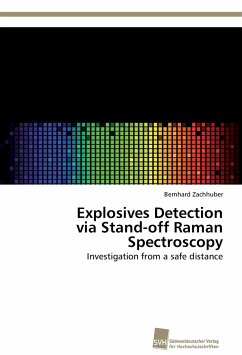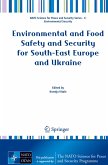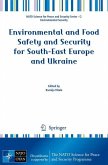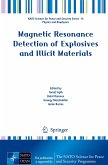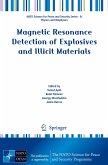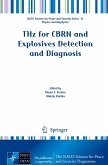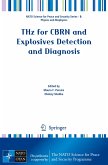The increasing worldwide threat of terrorism requires the capability of sytems to remotely detect and identify explosives. A stand-off Raman system was built and optimised which meets these demands including the identification of substances concealed in opaque containers. To meet the challenging situations in real life, explosives and their precursors were analysed in the presence of interfering substances and on a variety of background materials, including plastics or different car doors. The influence of the laser excitation wavelength was also investigated. The stand-off distance was successfully extended to 100 metres at a testing ground at the Austrian Armed Forces. The combination of stand-off Raman with spatial offset Raman scattering has enabled the identification and quantification of substances up to 40 metres in packaging which is non-transparent to the human eye. An alternative way to probe substances inside turbid bottles was found by using depth-resolved stand-off Raman spectroscopy. This methodology employs the speed of light to distinguish between samples located at different distances from the setup.
Bitte wählen Sie Ihr Anliegen aus.
Rechnungen
Retourenschein anfordern
Bestellstatus
Storno

